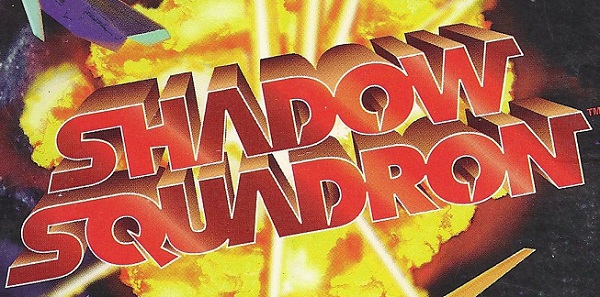SEGA Tunes: Shenmue’s Original Soundtrack
When Shenmue was being hyped by SEGA as the next big step in gaming immersion, Yu Suzuki often liked to classify the game in its own genre, “Full Reactive Eyes Entertainment” or FREE. These days we tend to either call it an RPG or an adventure game, but even back then the phrase didn’t really work because it ignored one of Shenmue’s best qualities: its utterly marvelous, epic, emotional, cinematic, beautiful soundtrack. For Shenmue Week Tuesday Tunes will be doing something new: instead of posting one or two tracks, we’re posting the entire soundtrack.
The above video was put together by Shenmue Dojo. Aside from being a marvelous way to listen to the entire Shenmue soundtrack, this video was also the first request Tuesday Tunes ever received. Someone from Shenmue Dojo really wanted us to highlight it, but I knew we couldn’t just do it for any occasion. It may have taken awhile, dude, but you finally got your wish. Now please, join us as we take a musical journey through part one of Yu Suzuki’s magnum opus!





